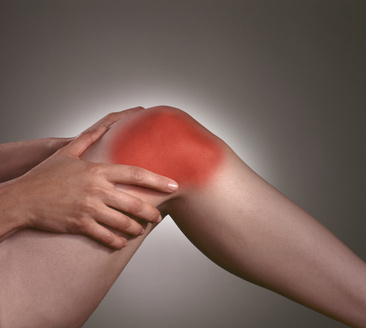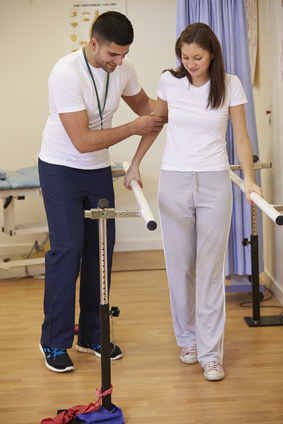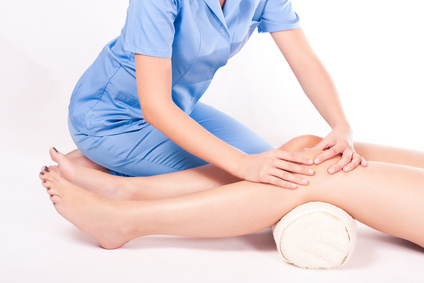 Aches and pains in the knee joint are common but easily dismissed. Although arthritis is well known, a degenerative knee condition called chondromalacia can also cause knee pain. Chondromalacia has many of the same symptoms as arthritis but is the result of abnormal softening and degeneration of cartilage on the underside of the kneecap.
Aches and pains in the knee joint are common but easily dismissed. Although arthritis is well known, a degenerative knee condition called chondromalacia can also cause knee pain. Chondromalacia has many of the same symptoms as arthritis but is the result of abnormal softening and degeneration of cartilage on the underside of the kneecap.
It begins innocently with a twinge or mild pain after prolonged activity, but it worsens over time and the frequency increases. It can affect adolescents or younger age groups. Women are more likely to develop the condition because of a wider pelvis, which impacts the biomechanics of the knee joint.
This condition is associated with a wide variety of sports like soccer, gymnastics, rowing, cycling, swimming and skateboarding. Individuals with jobs that require squatting, lifting, driving and sitting for extended periods of time are also at risk of developing this condition.


 The exact cause of chondromalacia is unknown, but it has been associated with repetitive motion injuries from work or sports and poor muscle condition and control in the hip and knee. Injury or trauma to the kneecap that includes fractures or dislocation is also a known case. If left untreated, chondromalacia can interfere with sitting, standing, walking and driving.
The exact cause of chondromalacia is unknown, but it has been associated with repetitive motion injuries from work or sports and poor muscle condition and control in the hip and knee. Injury or trauma to the kneecap that includes fractures or dislocation is also a known case. If left untreated, chondromalacia can interfere with sitting, standing, walking and driving. In some instances, surgery may be required, and a physical therapy program is essential for rehabilitation. When you call our clinic, we conduct a detailed evaluation and design a physical therapy program to reduce pain and inflammation and improve function. Treatment and management plans will depend on the level of deterioration, but will focus on restoring optimum strength, motion and stability in the knee joint.
In some instances, surgery may be required, and a physical therapy program is essential for rehabilitation. When you call our clinic, we conduct a detailed evaluation and design a physical therapy program to reduce pain and inflammation and improve function. Treatment and management plans will depend on the level of deterioration, but will focus on restoring optimum strength, motion and stability in the knee joint.